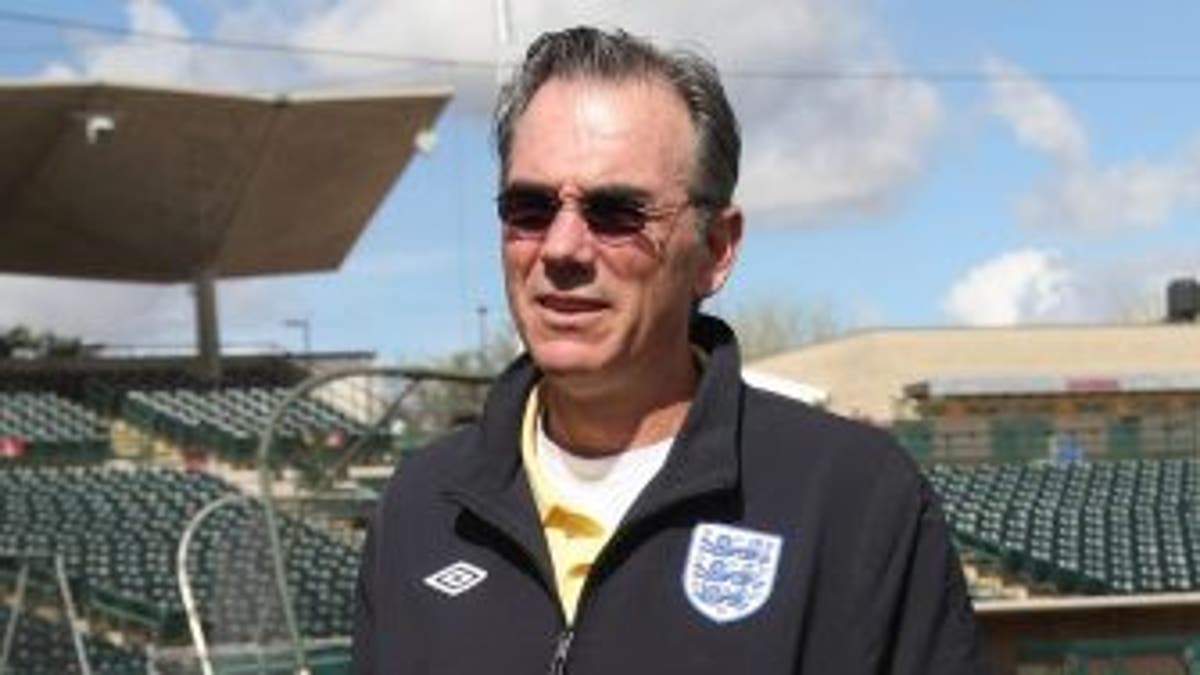
A long time ago in a job far, far away, I came up with a silly little thing. A junk stat, Bill James might have called it. But with some small affection, I hope, since Bill has invented dozens – nay, hundreds – of junk stats over the years. Junk stats aren’t supposed to change the world, or even our tiny little part of it. They’re just something to pass the time between world-changing.
Anyway, this was in 2000, either during the season or shortly after. This was, I’ll mention in passing, before Moneyball: The Book. The A’s finished in first place that season despite routinely featuring four DH’s in the lineup, guys like Jason Giambi, his brother Jeremy, Ben Grieve, Matt Stairs, John Jaha, Olmedo Saenz ... I could go on. The A’s stole only 40 bases all season, and finished 10th in the league in batting average ... but third in on-base percentage, fifth in slugging, and (here’s the good part) third in scoring. Billy Beane has become famous for exploiting market inefficiencies, and his most famous market inefficiency was big slow guys who couldn’t run and maybe struck out a lot, but drew walks and hit home runs.
Which inspired me to create the Beane Count, which was simple (some might say simplistic) ... sum a team’s league ranks in home runs, walks, home runs allowed, and walks allowed. The first time I did that, I was thrilled to discover the A’s had the lowest (and best) Beane Count. And so a junk stat was born.
I wrote about the Beane Count a few times, didn’t think anything would come of it. But a friend happened to be running our stats pages, and he automated Beane Count. Shockingly (to me), it’s still there. I notice it every so often, then quickly forget. Earlier this week, I was pleasantly reminded while doing a radio interview with my old friend Bob Valvano, who mentioned that (shockingly, to me) Billy Beane’s team is back atop the Beane Count.
This surprised me because one of the tenets of recent sabermetrics is that everybody figured out home runs and walks, so they became too expensive for Billy Beane, who had to find new market inefficiencies. First (as I recall) it was outfield defense, and lately it’s been relief pitchers: established closers and young setup men.
And yet somehow here the A’s are again, atop the Beane Count … and by a lot! They’re second in homers, first in walks, tied for second in homers allowed, and third in walks allowed. Is it coincidental that they also have the best run differential in the majors?
Well, no. But Beane Count was never meant to measure overall team quality; it’s just a measure of qualities. The Blue Jays, Angels, and Tigers rank third, fourth, and fifth on the American League list ... but the Twins are second, the Astros sixth. In the National League, the hitting-starved Cubs are fifth and the hitting-starved Braves are second.
Like I said, it’s a junk stat. But viewed in context, the Beane Count can tell us something interesting. Thursday, the Royals fired their hitting coach. I believe they’ve now employed 37 hitting coaches during general manager Dayton Moore’s nine-season tenure. Working backwards, here’s where the Royals have ranked in Beane Count in those seasons:
15th
11th
13th
14th
14th
13th
12th
14th
14th
For most of those years, there were 14 teams in the American League. Let’s be kind and give Moore a pass on his first season, since he didn’t take over until June ... those other eight years do tell us something about his team-building philosophy, no?
To be completely fair, we might also include pitcher strikeouts in our metric. Except then it wouldn’t be the Beane Count. Something better, maybe, that measured all Three True Outcomes in a meaningful way. But something different.
Hey, I already invented my junk stat. Your turn.
It’s also your turn to join Rob’s mom and track his Twitter feed.
